

E-commerce Site Development
E-commerce site development involves creating websites or online platforms where businesses can sell their products or services to customers over the internet. Developing an e-commerce website involves several critical components and considerations:
-
Platform Selection: Choose the right e-commerce platform for your project. Popular options include WooCommerce (for WordPress), Shopify, Magento, and custom-built solutions. The choice often depends on factors like your budget, scalability requirements, and specific features.
-
Design and User Experience: E-commerce websites must provide an intuitive and visually appealing user experience. Design considerations include responsive web design (for mobile compatibility), user-friendly navigation, and clear product displays.
-
Product Catalog: Create a structured product catalog that includes detailed product descriptions, images, pricing, and inventory management. Consider categorizing products to make it easier for customers to find what they're looking for.
-
Shopping Cart and Checkout: Develop a secure shopping cart system that allows users to add, modify, and remove items. The checkout process should be streamlined, secure, and include options for various payment methods.
-
Payment Gateway Integration: Implement payment gateways like PayPal, Stripe, or credit card processors to enable secure online transactions. Ensure that payment processing complies with industry standards and security best practices.
-
Security: E-commerce sites handle sensitive customer information. Implement security measures like SSL encryption, regular security audits, and data protection to safeguard user data.
-
Inventory Management: Develop a system to manage product stock, restocking, and automatic alerts for low inventory levels.
-
Search and Filters: Implement robust search functionality and filters to help customers easily find products based on keywords, categories, or attributes.
-
Reviews and Ratings: Allow customers to leave reviews and ratings for products, as this can enhance trust and help customers make informed decisions.
-
Shipping and Logistics: Integrate shipping solutions that calculate shipping costs, track shipments, and provide delivery options. Consider offering options like same-day delivery or click-and-collect.
-
Returns and Refunds: Develop a system for handling returns and refunds that is clear and easy for customers to use.
-
Analytics and Reporting: Integrate analytics tools to monitor website traffic, sales, and customer behavior. This data can help you make informed decisions and improvements.
-
SEO (Search Engine Optimization): Optimize your e-commerce site for search engines to improve its visibility in search results. This involves using relevant keywords, optimizing product descriptions, and improving page load times.
-
Marketing and Promotion: Consider adding marketing features like discount codes, promotional banners, and email marketing integrations to attract and retain customers.
-
Legal and Compliance: Ensure your e-commerce site complies with relevant laws and regulations, including data protection and privacy laws.
-
Scalability: Plan for future growth and scalability, so your site can handle increased traffic and product offerings.
-
Customer Support: Provide customer support options, such as live chat, email, or a customer service hotline, to address customer inquiries and issues promptly.
E-commerce site development can be complex, so it's often beneficial to work with experienced web developers, designers, and e-commerce experts to create a successful and competitive online store. Keep in mind that ongoing maintenance, performance monitoring, and regular updates are essential for a thriving e-commerce business.
Our E-commerce Site Development Services
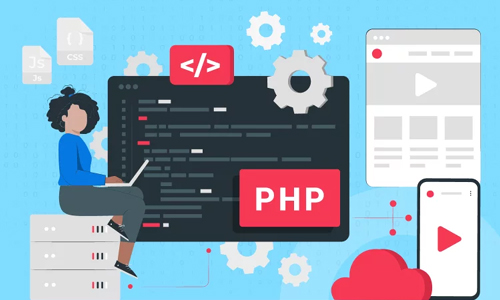
PHP Development
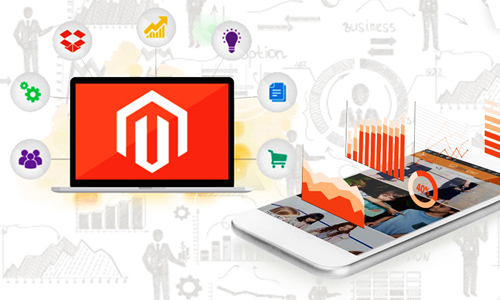
Magento Development
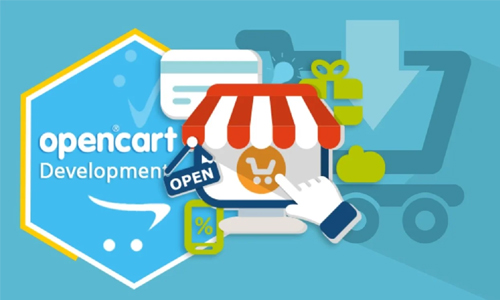
Opencart Development
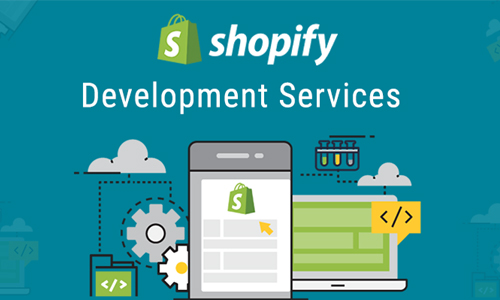
Shopify Development
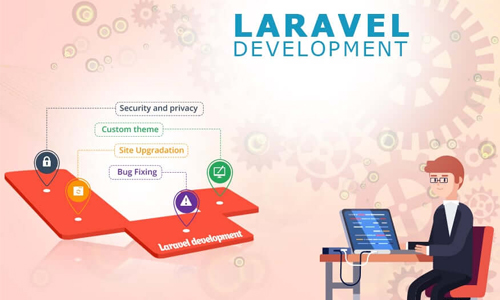
laravel Development
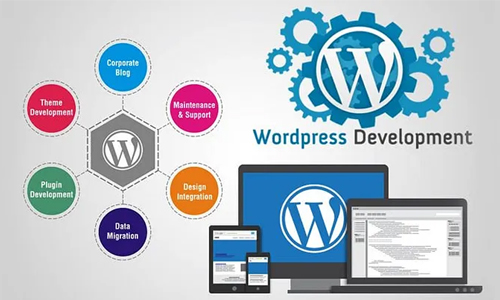
Wordpress Development
We Win When Our Customers Win








Why Choose Us:
- Expertise and Experience
- Tailored Solutions
- User-Centric Approach
- Cutting-Edge Technology
- Transparency and Communication
- Scalability and Flexibility
274 +
Clients
421 +
Projects
1364 +
hours of Support
18 +
Hard Workers

Let us take the technical weight off your shoulders
BOOK A CALLLet’s Get Started
We offer full-cycle technology solutions that streamline your digital transformation journey. With cutting-edge technical expertise, INT. simplifies complex business challenges with innovative solutions for 100+ fastest-growing enterprises.

